Humor, an engaging story, and memorable characters – these are the trademarks of the cult adventure game series created by Ron Gilbert and LucasArts. The Monkey Island franchise is celebrating its 30th anniversary, giving us the perfect opportunity to explore its roots.When the programming began
Ron Gilbert can rightfully be considered one of the pioneers of the video game industry. From a very young age, he was interested in programming, having first tested his skills on his parents’ NorthStar Horizon home computer. For hours on end, he would sit at that computer and analyze cult classics like Donkey Kong, Pac-Man, Asteroids, and Space Invaders, all in an effort to replicate every frame on the crude machine at his disposal.
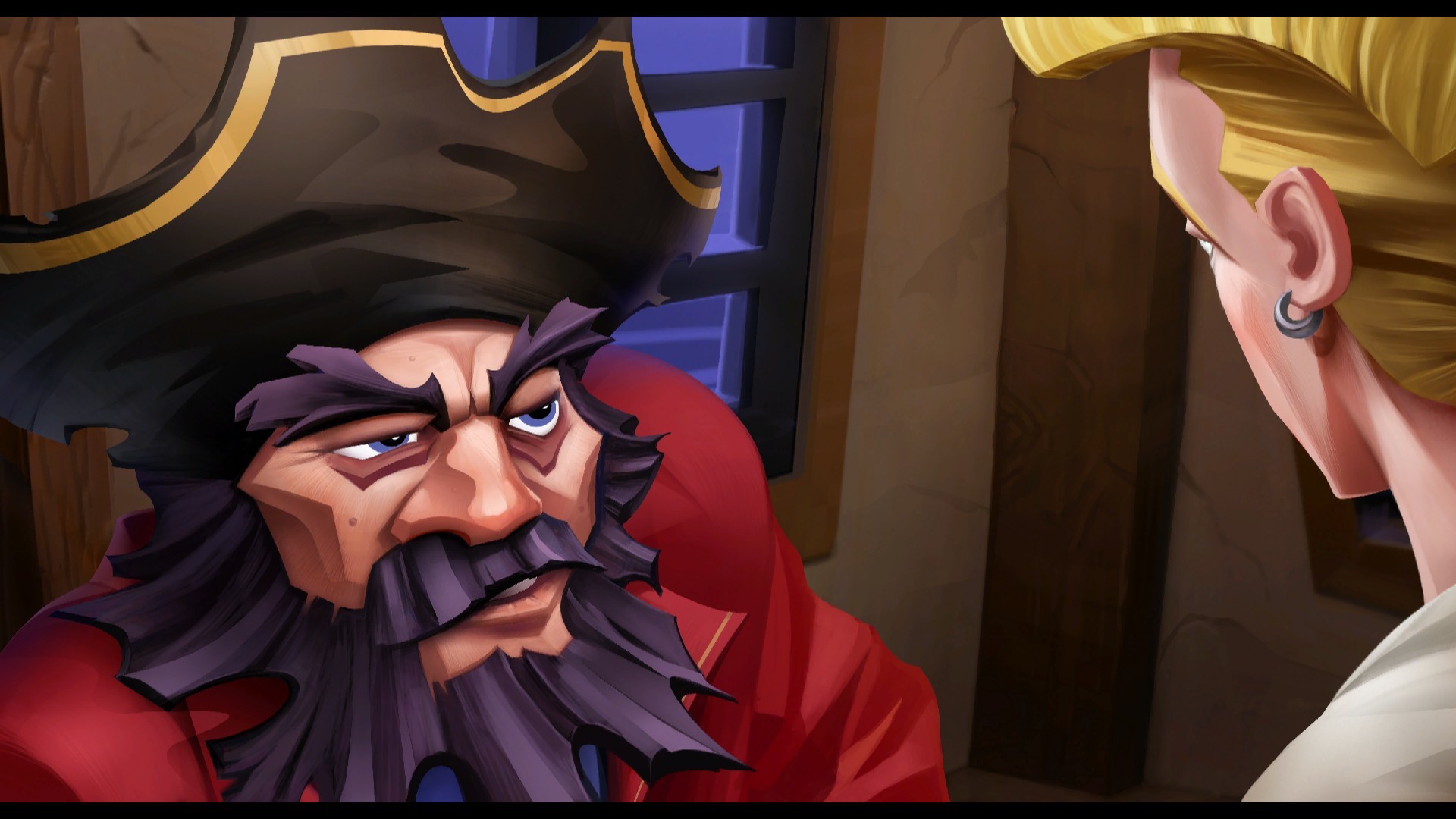
This experience became very useful at Eastern Oregon State College, where he created a Graphics BASIC program with Tom McFarlane. This invention paved the road into the video game business, where Gilbert started work at Lucasfilm Games (later LucasArts) in the mid-1980s. After the success of his first game, Maniac Mansion, he decided to create an adventure title unlike any other. And thus,
The Secret of Monkey Island was born.
On Stranger Tides
The Secret of Monkey Island, released in 1990, borrowed heavily from two main sources. One of them was the fantasy novel “On Stranger Tides” by Tim Powers. The second was the Pirates of the Caribbean park ride at Disneyland, the same one that inspired the famous film series by the same name. Alongside a mixture of humor from the game’s writers - Ron Gilbert himself, as well as Dave Grossman and Tim Schafer – the recipe for a cult classic was created!
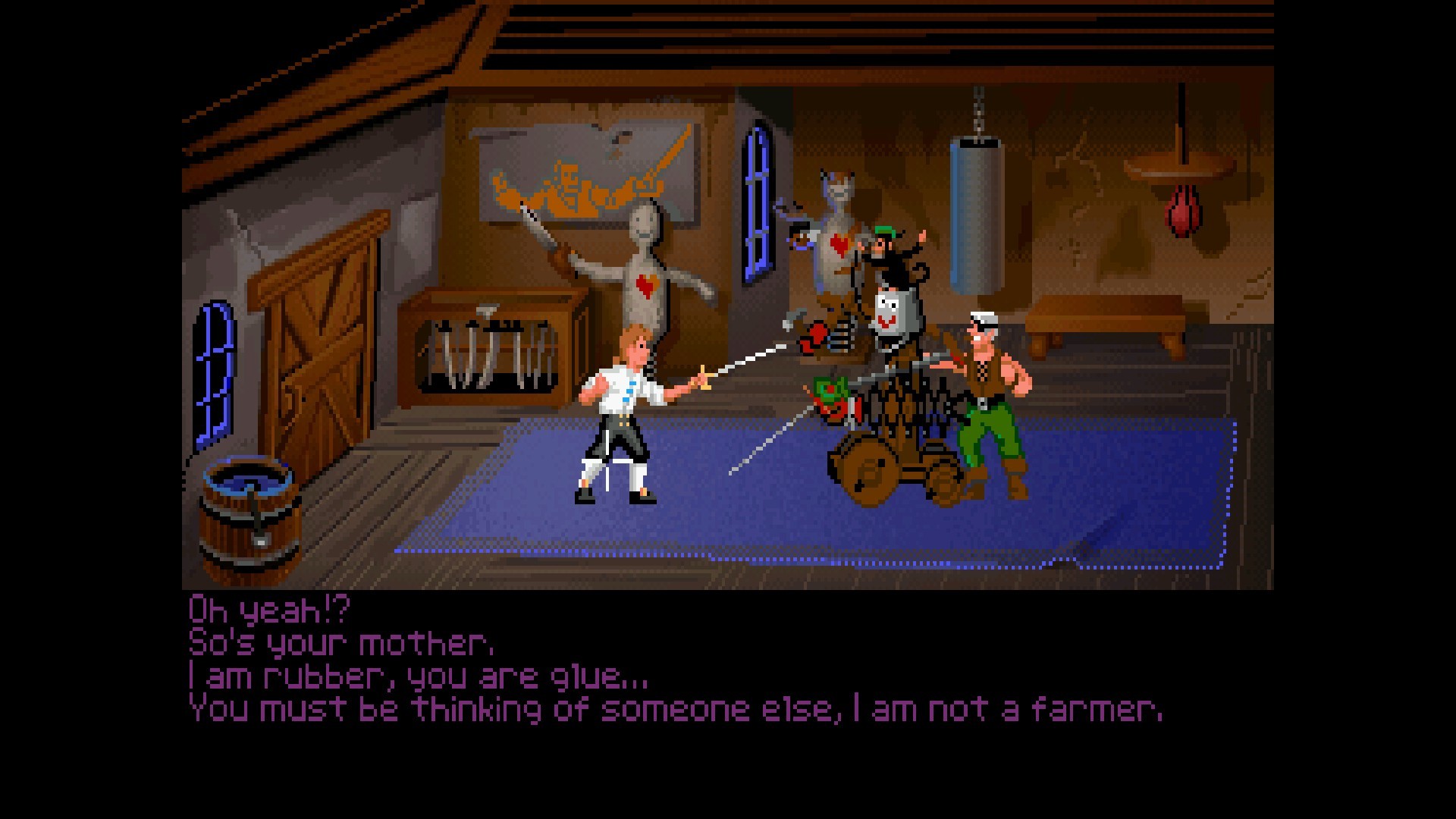
Set in the Golden Age of Piracy (the 17th and 18th centuries),
The Secret of Monkey Island tells the story of Guybrush Threepwood, a young wannabe pirate. Stuck in the lowdown Tri-Island Area of the Caribbean, he must make a name for himself and win the heart of the archipelago governor - Elaine Marley. To achieve this goal, he must find a treasure buried on the mythical Monkey Island and defeat the evil undead pirate, LeChuck.
The Secret of Monkey Island became a success among gamers (a few hundred thousand copies were sold) and critics alike. The players praised its gamer-friendly interface and moderate difficulty level, compared to contemporary Sierra On-line games. One of the game’s features, Insult Sword Fighting, was particularly liked and replicated in the series’ following installments. From a technical point of view, the SCUMM engine created by Ron Gilbert proved to be an effective tool for storytelling.
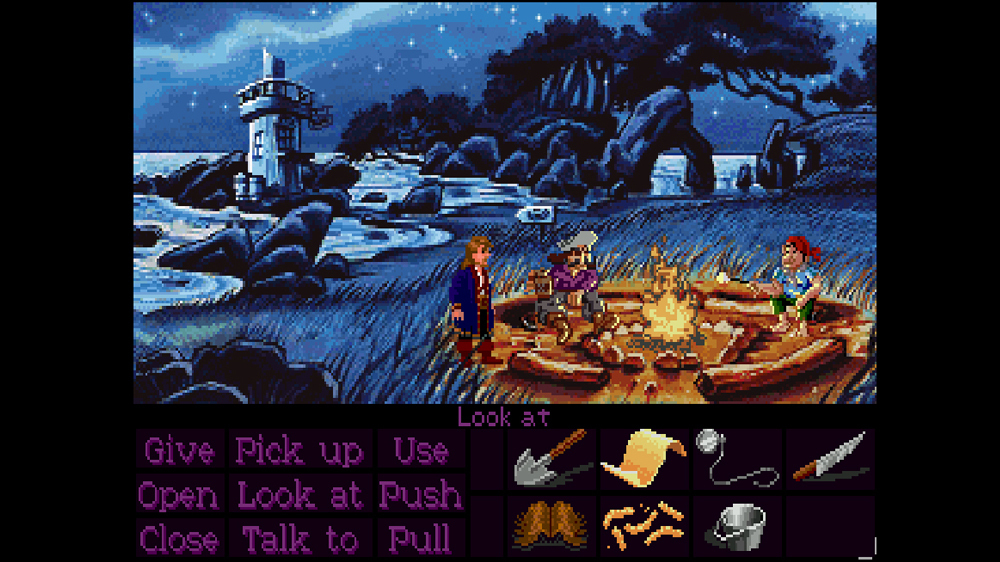
Guybrush sets off on further seas
It was only a matter of time before the game would produce a sequel.
Monkey Island 2: LeChuck's Revenge, released in 1991, continued the adventures of Guybrush Threepwood, this time on the search for Big Whoop. Monkey island 2 is considered by many gamers the funniest of the series. It also features one of the most divisive endings in the history of video games. Of course, we won’t spoil it for you - you’ll just have to check it out and find out for yourself!
Next, gamers had to wait almost 7 years for
The Curse of Monkey Island, released in 1997. It was the last of the LucasArts titles to use the SCUMM engine. The game featured colorful hand-drawn visuals, voice acting (with Dominic Armato as Guybrush Threepwood), and a catchy score from Michael Land. Although Ron Gilbert wasn’t present for this one, the title remained loyal to the series and captured the game’s humor and atmosphere perfectly.
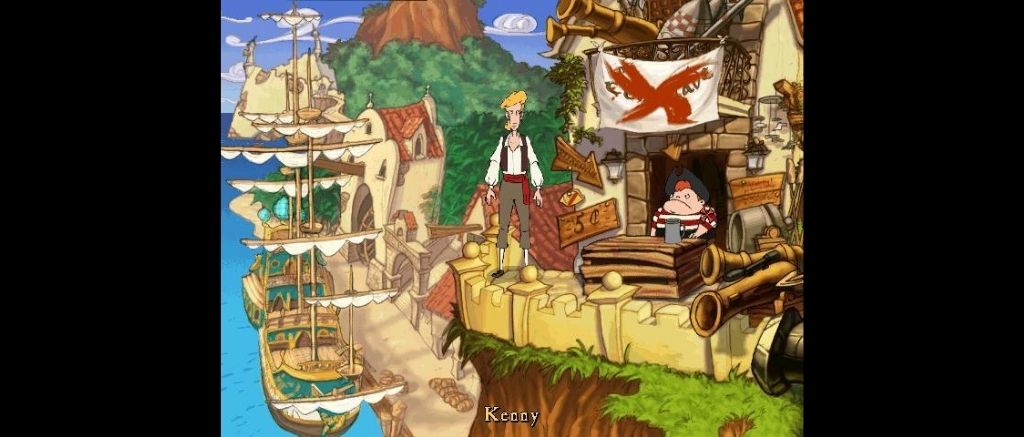
The fourth game,
Escape from Monkey Island, went 3D, using the same engine as another cult LucasArts game - Grim Fandango. Besides PC, it was also released on Sony’s PlayStation 2, and we can see that clearly in the game’s interface, which is pad friendly. One of the most interesting new features Escape from Monkey Island had to offer was a Mortal Kombat parody mini-game called “Monkey Kombat”.
A TellTale epilogue
Unfortunately,
Escape from Monkey Island proved to be the last adventure game made by LucasArts. 9 years later,
Tales of Monkey Island released in 2009 from Telltale Games. The game continued the adventures of Guybrush Threepwood, but this time, the story was told in an episodic format, a staple of Telltale Games. With Ron Gilbert once again on board, we witnessed the story of a zombie-voodoo apocalypse threatening to destroy the Caribbean. To this day,
Tales of Monkey Island remains the last part of the cult adventure game series.
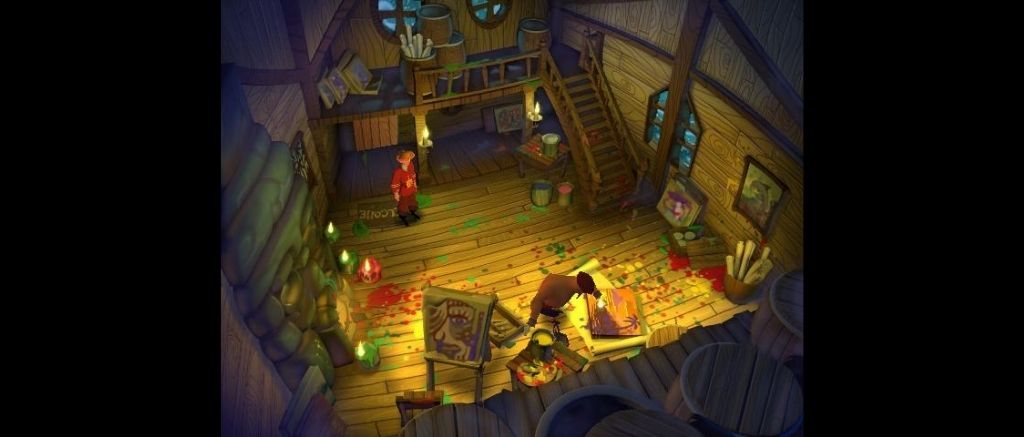
With the all-mighty
Pirates of the Caribbean franchise ruling the seven seas, the future of Ron Gilbert’s series remains uncertain. The creator’s last big project was
Thimbleweed Park, released in 2017. Plans for an animated
Monkey Island film (supposedly directed by Steven Spielberg himself) were sadly scrapped, although the concept art created by Steve Purcell remains available online.
Putting all of that aside, the Monkey Island series is a must-play even today, 30 years after the release of the first game. The sense of humor in the series remains evergreen and puzzle-solving continues to be as fun and challenging as ever. All in all, Monkey Island lives up to the best of LucasArts’ adventure game traditions, along with
Full Throttle,
The Dig, and
Grim Fandango. It proves that the studio’s legacy expands far beyond its best Star Wars games.
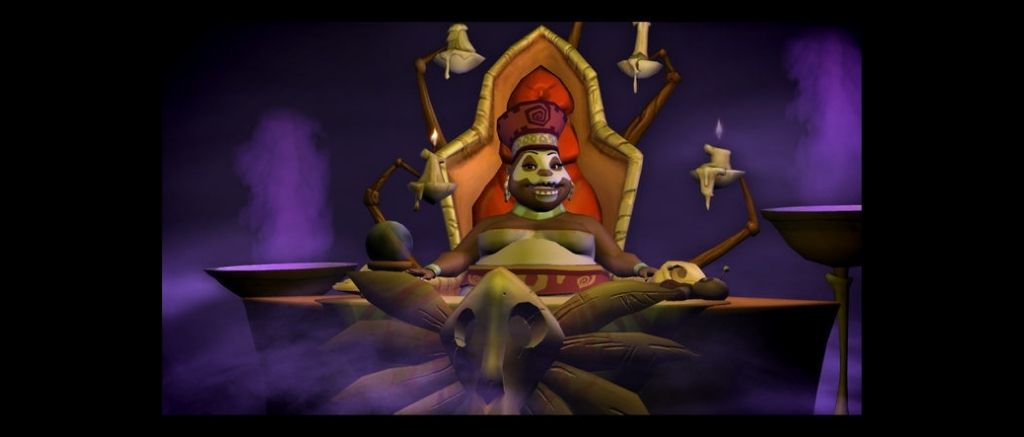
Have you played the Monkey Island series or plan to do so in the future? Let us know in the comments what you think about this famous franchise!
Fun fact: While playing games from the series, keep an eye out for LucasArts’ founder, the legendary George Lucas. Legend says he can be found in the series’ multiple games, disguised as one of its characters. ;)  This experience became very useful at Eastern Oregon State College, where he created a Graphics BASIC program with Tom McFarlane. This invention paved the road into the video game business, where Gilbert started work at Lucasfilm Games (later LucasArts) in the mid-1980s. After the success of his first game, Maniac Mansion, he decided to create an adventure title unlike any other. And thus, The Secret of Monkey Island was born.
This experience became very useful at Eastern Oregon State College, where he created a Graphics BASIC program with Tom McFarlane. This invention paved the road into the video game business, where Gilbert started work at Lucasfilm Games (later LucasArts) in the mid-1980s. After the success of his first game, Maniac Mansion, he decided to create an adventure title unlike any other. And thus, The Secret of Monkey Island was born. Set in the Golden Age of Piracy (the 17th and 18th centuries), The Secret of Monkey Island tells the story of Guybrush Threepwood, a young wannabe pirate. Stuck in the lowdown Tri-Island Area of the Caribbean, he must make a name for himself and win the heart of the archipelago governor - Elaine Marley. To achieve this goal, he must find a treasure buried on the mythical Monkey Island and defeat the evil undead pirate, LeChuck.The Secret of Monkey Island became a success among gamers (a few hundred thousand copies were sold) and critics alike. The players praised its gamer-friendly interface and moderate difficulty level, compared to contemporary Sierra On-line games. One of the game’s features, Insult Sword Fighting, was particularly liked and replicated in the series’ following installments. From a technical point of view, the SCUMM engine created by Ron Gilbert proved to be an effective tool for storytelling.
Set in the Golden Age of Piracy (the 17th and 18th centuries), The Secret of Monkey Island tells the story of Guybrush Threepwood, a young wannabe pirate. Stuck in the lowdown Tri-Island Area of the Caribbean, he must make a name for himself and win the heart of the archipelago governor - Elaine Marley. To achieve this goal, he must find a treasure buried on the mythical Monkey Island and defeat the evil undead pirate, LeChuck.The Secret of Monkey Island became a success among gamers (a few hundred thousand copies were sold) and critics alike. The players praised its gamer-friendly interface and moderate difficulty level, compared to contemporary Sierra On-line games. One of the game’s features, Insult Sword Fighting, was particularly liked and replicated in the series’ following installments. From a technical point of view, the SCUMM engine created by Ron Gilbert proved to be an effective tool for storytelling.
 The fourth game, Escape from Monkey Island, went 3D, using the same engine as another cult LucasArts game - Grim Fandango. Besides PC, it was also released on Sony’s PlayStation 2, and we can see that clearly in the game’s interface, which is pad friendly. One of the most interesting new features Escape from Monkey Island had to offer was a Mortal Kombat parody mini-game called “Monkey Kombat”.
The fourth game, Escape from Monkey Island, went 3D, using the same engine as another cult LucasArts game - Grim Fandango. Besides PC, it was also released on Sony’s PlayStation 2, and we can see that clearly in the game’s interface, which is pad friendly. One of the most interesting new features Escape from Monkey Island had to offer was a Mortal Kombat parody mini-game called “Monkey Kombat”.  With the all-mighty Pirates of the Caribbean franchise ruling the seven seas, the future of Ron Gilbert’s series remains uncertain. The creator’s last big project was Thimbleweed Park, released in 2017. Plans for an animated Monkey Island film (supposedly directed by Steven Spielberg himself) were sadly scrapped, although the concept art created by Steve Purcell remains available online.Putting all of that aside, the Monkey Island series is a must-play even today, 30 years after the release of the first game. The sense of humor in the series remains evergreen and puzzle-solving continues to be as fun and challenging as ever. All in all, Monkey Island lives up to the best of LucasArts’ adventure game traditions, along with Full Throttle, The Dig, and Grim Fandango. It proves that the studio’s legacy expands far beyond its best Star Wars games.
With the all-mighty Pirates of the Caribbean franchise ruling the seven seas, the future of Ron Gilbert’s series remains uncertain. The creator’s last big project was Thimbleweed Park, released in 2017. Plans for an animated Monkey Island film (supposedly directed by Steven Spielberg himself) were sadly scrapped, although the concept art created by Steve Purcell remains available online.Putting all of that aside, the Monkey Island series is a must-play even today, 30 years after the release of the first game. The sense of humor in the series remains evergreen and puzzle-solving continues to be as fun and challenging as ever. All in all, Monkey Island lives up to the best of LucasArts’ adventure game traditions, along with Full Throttle, The Dig, and Grim Fandango. It proves that the studio’s legacy expands far beyond its best Star Wars games. Have you played the Monkey Island series or plan to do so in the future? Let us know in the comments what you think about this famous franchise!Fun fact: While playing games from the series, keep an eye out for LucasArts’ founder, the legendary George Lucas. Legend says he can be found in the series’ multiple games, disguised as one of its characters. ;)
Have you played the Monkey Island series or plan to do so in the future? Let us know in the comments what you think about this famous franchise!Fun fact: While playing games from the series, keep an eye out for LucasArts’ founder, the legendary George Lucas. Legend says he can be found in the series’ multiple games, disguised as one of its characters. ;)